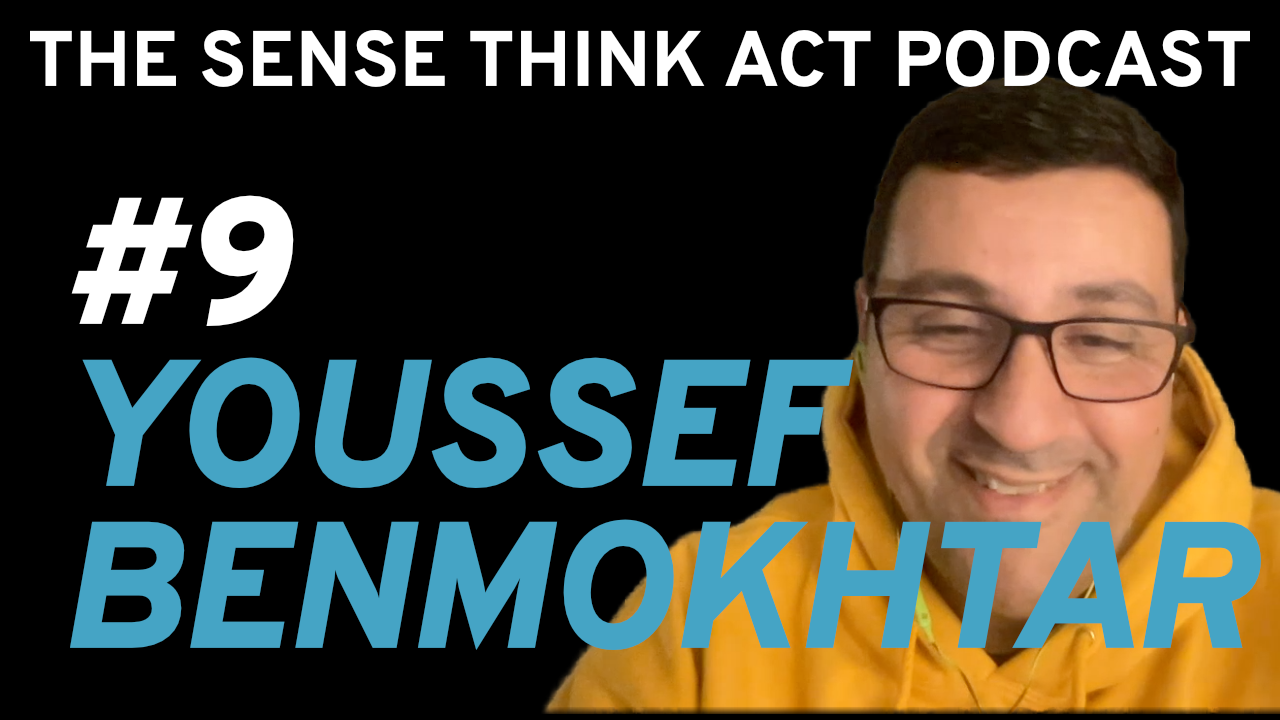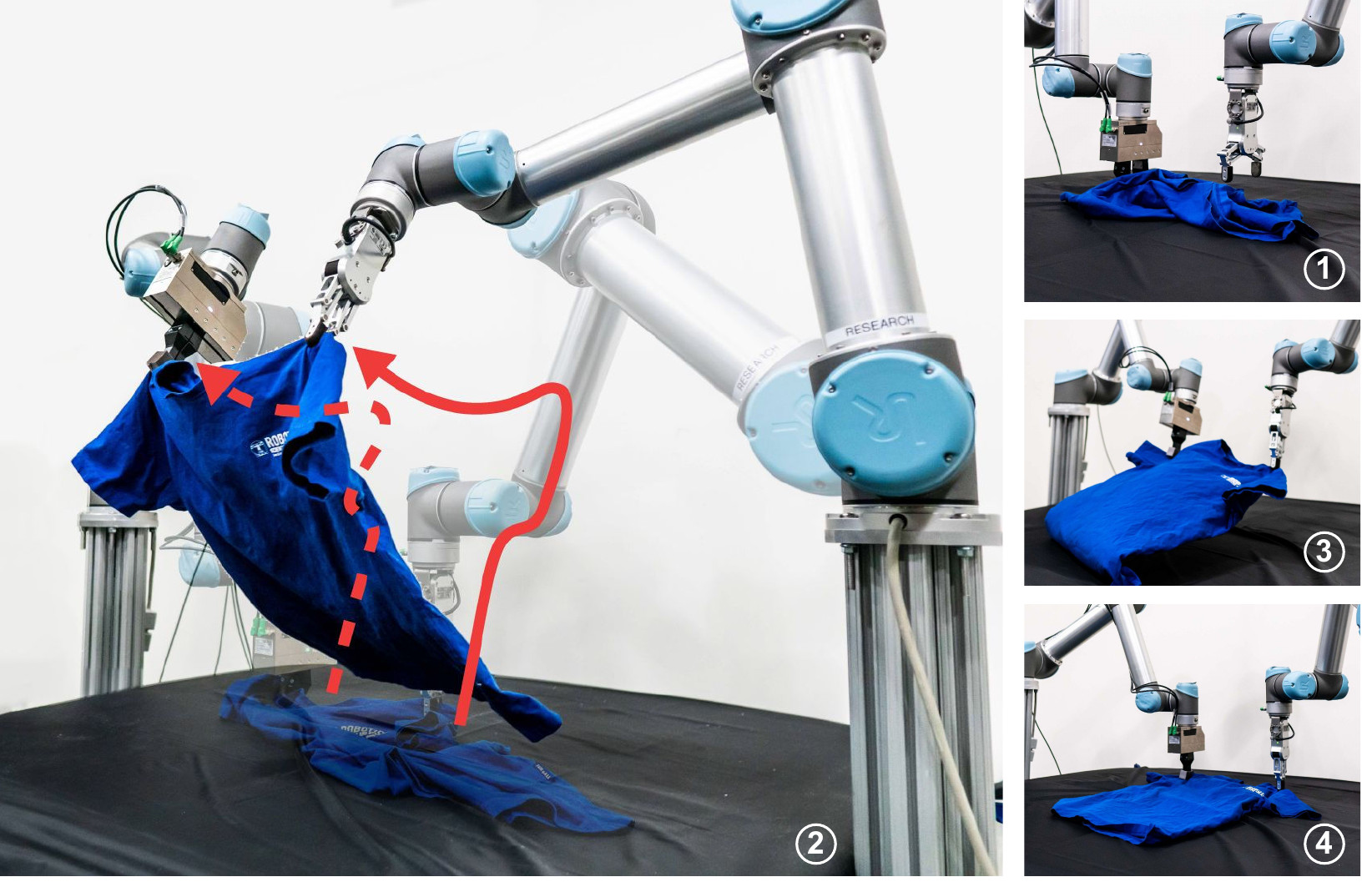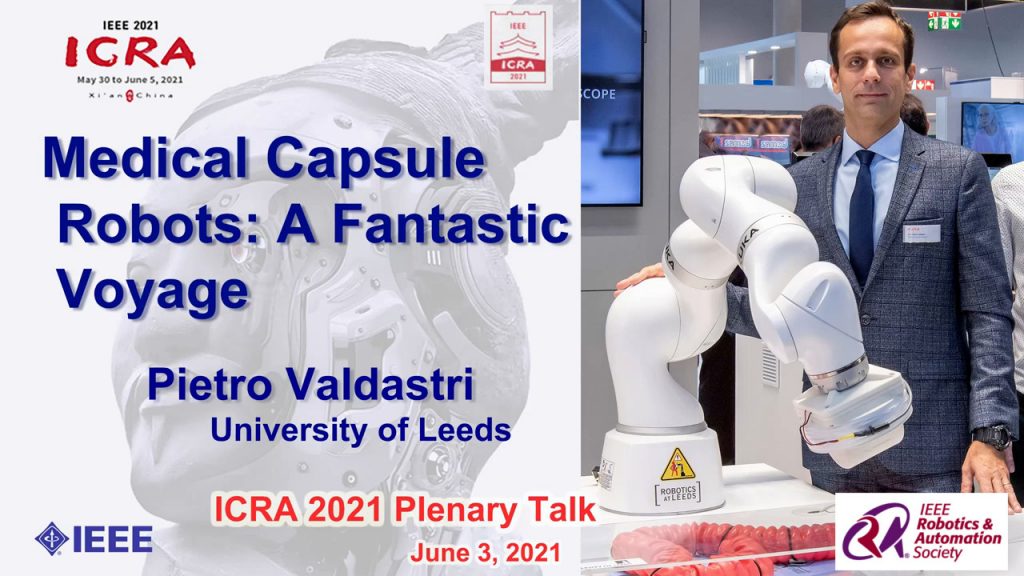
Firstly, what is Deep Tech as opposed to Tech or technology enabled? Sometimes Deep Tech is regarded as a science based startup, sometimes it is regarded as disruptive to the status quo, sometimes it is regarded just as slow and hard, capital intensive, with a long ROI horizon. Or as something that investors aren’t ready for yet. But the amount of money going into Deep Tech investing is increasing, and the pool of Deep Tech investors is increasing. One of the key points I made in a recent GIST Tech Connect Deep Tech panel is that most investors, including the most successful Tech investors are not able to invest seriously in Deep Tech startups because they lack the technical awareness and depth of commercialization experience specific to a Deep Tech startup. GIST or the Global Innovation in Science and Technology Network is the US State Department program to encourage and support global entrepreneurship.
In fact, if you do the research into the failure rates of some high profile Deep Tech startups, it seems that certain large funds have a much higher failure rate than others, so at best, their growth pathway is not compatible with Deep Tech startups. At worst, they are simply cherry picking some Deep Tech startups for their publicity value. Startups should always do their due diligence on investors and how they treat founders, particularly founders with similar startups.
Universities play a huge role in derisking, funding and commercializing Deep Tech startups but there is still a ‘Valley of Death’ in the transfer stages. And a Deep Tech startup can come out of any university but not all universities have real commercialization experience and a supportive startup ecosystem. Silicon Valley Robotics and Circuit Launch have provided a ‘halfway house’ for a lot of Deep Tech startups by providing affordable workspace with prototyping facilities and a startup ecosystem. But the first question I always ask entrepreneurs is if they have leveraged every advantage that their university connections can provide. Universities can provide greatly discounted lab space and testing facilities, also connections to scientific experts in most any field who can be leveraged as consultants and advisors.
The SBIR program, or the American Seed Fund, which is about a $4 billion non dilutive funding from the federal government in the form of R&D dollars, contracts and grants to small businesses and startups gives you the opportunity to derisk a lot of the technology very early on. You can really do a detailed scope and scan, and then couple that with the iCorps program and you get the opportunity to do deeper dives into customer discovery, to really understand if this is something that’s just a nice to have, or is it a real must have. Although the SBIR program is American based program, a lot of the countries around the world have been creating similar ones. A good example of that is EU Horizon 2020 grants.
Grants catalyze and do a certain amount to de-risk technology, extending the runway through non-dilutive funding and by creating a technology roadmap which validates the science as significant. Corporate venture funds or strategic investors also play an important role, alongside non-dilutive grant funding. Not only can they be a check, they can be a customer, they can be an advisor and a partner in the early prototype to manufacture stages. The best strategic investors play a huge role in helping Deep Tech startups succeed, because they need the technology you are creating.
Here’s a collection of tips for Deep Tech founders gathered from the GIST TechConnect Panel on Deep Tech with Nakia Melecio from Georgia Tech, Nhi Lê from WARF, Andra Keay from SVR and The Robotics Hub, G. Nagesh Rao from US Dept of State. Also tips from Six red flags that send investors running the other way by Sara Bloomberg, San Francisco Business Times. Quotes not attributed to other investors are my thoughts or recollections from the event.
Accelerator hopping
“When you start going from accelerator to accelerator looking for funding, then you’re doing it wrong. Accelerators only fund you to participate in their program. Their program and mentors are the real value.” Nhi Lê, WARF Accelerator
You also dilute your equity and become uninvestable.
Taking the first check, giving away too much equity in early rounds
Always negotiate terms. But don’t focus solely on the financials and at the risk of throwing away the less obvious value that a good investor can bring to you.
“Deep Tech startups may take longer to get to revenue than a traditional tech startup, so you need to think about grant funding as a source of revenue, and any contracts that help you develop part of your technology.” Nhi Lê, WARF Accelerator
Not budgeting for IP defense
“Companies often say that they’re investable because they have a patent, but they haven’t budgeted anything to defend it. Your IP is only as good as your ability to defend it. Universities play a great role in protecting and defending IP that they’ve licensed.” Nhi Lê, WARF Accelerator
Not having a plan for the whole journey
“When you go into your first funding meeting, you must be thinking about the long term journey, all the way to exit. It’s never going to be just one check, you’re growing a company.” G. Nagesh Rao, US Dept of Commerce
Not doing diligence on investors or accelerators
“Deep tech, especially at the leading edge, is usually expensive, so it’s critical to find the right path to commercialization at scale. Good investors speed up the process and lower your burn rate.” Michael Harries, The Robotics Hub
Have your potential investors brought similar startups to market? Having that experience can make the commercialization process much faster, and it’s critical to manage your resources effectively. Constant fundraising takes founders away from product development. Also, do your investors have patient capital? Or are they needing a rapid return on investment for their current fund? Don’t assume that a well known investor or accelerator guarantees you success, or even finding a good fit with their process.
Ignorance of basic financials
Overreaching on inventory, being unable to meet debts in a timely fashion, structuring the company poorly, all these things are cited by founders who’ve struggled.
Customer discovery never stops
“Focus on the customer and fall in love with the customer’s problem and you’ll never go wrong.” Nakia Melecio, Georgia Tech
Do it from the start, and never stop going to market. You can’t just outsource your business development to people with better sales skills, not until you know that pain points you’re solving for your customers and you can write the scripts for them.
Not doing the research, or using vanity metrics instead of strategy
“If a founder is estimating their market in the trillions of dollars they have either not done the research or they are just delusional.” Swati Chaturvedi, Co-Founder of PropelX
“Founders who are focused only on vanity metrics (growth rate and valuation) and not attuned to developing sound business models are a red flag.” Anurag Chandra, Fort Ross Ventures
Trying to skip steps
“Another red flag is trying to FOMO you into moving quickly. Not only is it bad for arriving at a sound investment decision, it’s an indication of how they do business with customers and partners (ie. not invested in building long term relationships). Anurag Chandra, Fort Ross Ventures
Misrepresentation or withholding data
“Investors can tell when you are avoiding details like actual product or customer development status and it may mean you are misrepresenting your business.” Caroline Winnett, Executive Director of Berkeley SkyDeck
Cofounder issues, not having a clear leader or not being open to feedback
“There needs to be agreement on who is acting as CEO, and everyone needs to be aligned on that. Another red flag is not being open to advice from experts.” Caroline Winnett, Executive Director of Berkeley SkyDeck
Being disorganized
“Founders should be responsive to requests for more information. It shows if they are organized and in the mindset to do a deal versus spin cycles.” Shruti Gandhi of Array Ventures




